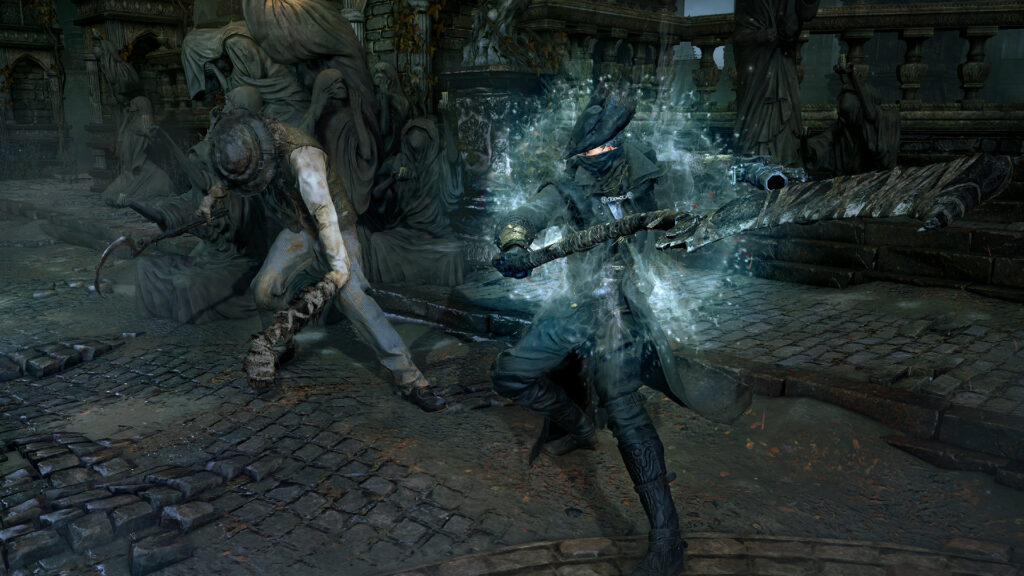I join a new company as a game designer and the first thing I get in the meeting with my manager. She says “our next game will be for everyone”. I start worry seriously.
Why? Because especially with this state of the market it is way better to target the smallest possible audience and make them happy. Build a great game for a few people, and those few people will recommend your game to their friends.
If you manage to create a small community of people really willing to pay for your game and play it, then step by step you can grow your community.
When you make a game for everyone you will never know who is really playing the game.
- Will he be a 40 years old lawyer in his bathroom?
- Will she be a 12 years old schoolgirl?
Everyone will be possibly in your game. The success of your design and development will be strictly dependant from the performance marketing. Specifically from its capability of bringing into your game a lot of people cheaply. Most of them will churn out, someone will stay. A team of data scientist will study all the data generated by those people. If things work out, then, your game will be updated with new features from other similar games. You will test those game modes against hypothesis made by your product manager and you.
Can you foresee what’s involved in here? A huge structure. It is great when you are a big player, but if you are a small company this can lead you to disaster.
When you focus on serving the smallest possible audience, instead, you are taking a hard but affordable challenge. You still should rely on data and information, but you will have the privilege of adding qualitative insight on top of all that.
Final thought: hardcore players can play casual games. Casual players will almost never play hardcore games. If you want to build the best small viable audience, find and serve the hardcores.
